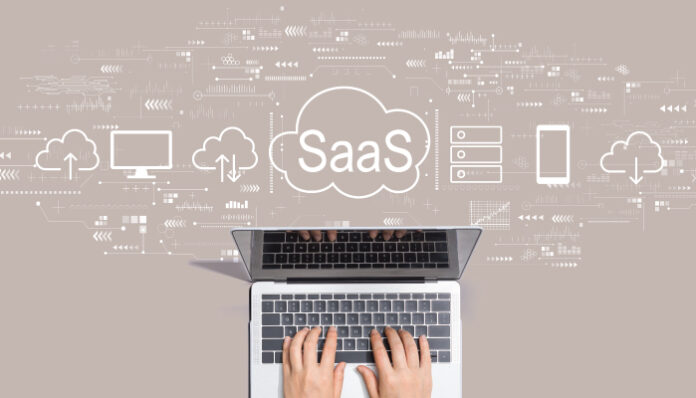Big or small, Software-as-a-Service (SaaS) businesses continue to be a top target for cybercriminals. Because SaaS solutions are accessible around-the-clock and their systems store a variety of sensitive data, social engineering and data breaches are as prevalent as they are efficient. A SaaS company’s capacity to provide customers with uninterrupted service is crucial; therefore, a system failure (or, worse, a series of system failures) might be fatal.
Software-as-a-Service (SaaS) security governance and management are essential for an enterprise’s cyber defense and have to be a significant area of attention. Data protection, identity protection, and application monitoring are crucial to ensure the proper set of security controls are implemented and defined. The security posture can also be enhanced by clearly defined enterprise procedures, security controls, and compliance standards.
In order to gain operationally from outsourcing crucial business services, contemporary enterprises are boosting their cloud adoption. According to the Flexera 2022 State of the Cloud Report, 90% of the surveyed firms employ cloud computing today, including SaaS applications.
Here are four strategies enterprises can employ to handle SaaS security risks efficiently and prevent expensive data breaches.
Identification Access Management (IAM)
The Identity Access Management (IAM) field includes auditing, authorization, and authentication. Authentication today requires actions like setting multi-factor login because it has long gone beyond the classic password-only authentication model. Users are directed to give at least two pieces of identification proof in order to use multi-factor authentication.
Also Read: Top Four Implementation Impediments for Passwordless Authentication
Enterprises can implement single sign-on if users find multi-factor authentication to be excessively cumbersome. Users can approve various applications with a single set of credentials, thanks to a single sign-on. Once the user has been validated, they must be given authorization along with specific capabilities and permissions to undertake actions within the system. Assessing authentication and authorization records is the process of auditing, which is done to see if the IAM functionality is up to par or not.
Enforce security measures for the cloud
Secure Access Service Edge (SASE) adoption is advocated for companies to give them more control over cloud security policies and controls. In comparison to conventional network security solutions, SASE is a new cloud security architecture that provides more sophisticated cloud data protection capability.
By allowing the least privilege principle and IAM technologies such as Cloud Infrastructure Entitlement Management (CIEM) and Multi-Factor Authentication (MFA), SASE architecture powers Zero-Trust Network Access (ZTNA).
Look into unqualified customers
When concluding a sale, firms should try getting to know their customers. This is the contentious but effective pitch for selling SaaS software. It is imperative to have a steady stream of income, but managing consumers who consume exceeds the revenue is the most critical responsibility.
Unqualified consumers are like termites—they continuously utilize the goods and services while whining and requesting assistance. Given that it takes into account the time and effort spent, this leads to overspending. These costs could have been spent elsewhere in the interim.
These unqualified clients frequently provide the team and company with negative and detrimental feedback. As a result, one such review could harm the business’s reputation and image.
Security awareness
To avoid security blunders, companies must plan and implement security awareness programs for their users. End users could become the point of entry for security risks and operate as risk magnets if they are not given the correct information about security lapses in the cloud.
Also Read: Three Game-Changing Strategies for Addressing the Cybersecurity Talent Shortage
A SaaS application’s data may be vulnerable to various security dangers, such as social engineering attacks, phishing scams, unintentional data leaks, and more, in the absence of a comprehensive security awareness program for all users.
The enterprise should be in charge of end-user training in cloud security rather than waiting for Software-as-a-Service (SaaS) vendors to conduct sessions. Before anyone uses the application, the internal security team must give them all baseline training. Everything from data privacy safeguards to cybersecurity attacks should be covered in this essential security training.
For more such updates follow us on Google News ITsecuritywire News. Please subscribe to our Newsletter for more updates.









